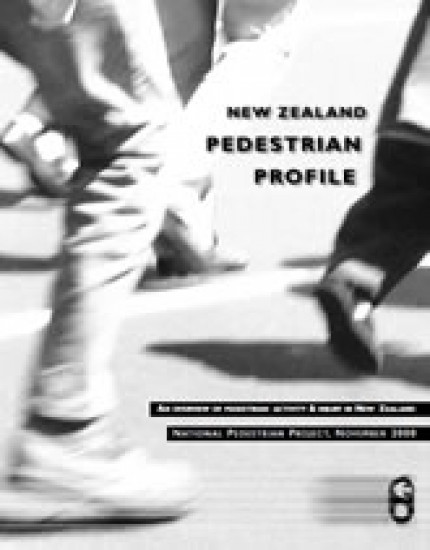An overview of pedestrian activity and injury in New Zealand
Contents
1. Why a New Zealand pedestrian profile?
2. Key point summary
- 2.1 The importance of walking
- 2.2 Pedestrian activity in New Zealand
- 2.3 Pedestrian injury on New Zealand roads
- 2.4 Ensuring the future of walking as a transport mode
3. Information sources, definitions & limitations
- 3.1 “Trips”, “walk trips” and “journeys”
- 3.2 Limitations of CAS for this analysis
- 3.3 Pedestrian activity in New Zealand
- 3.4 Pedestrian injury on New Zealand roads
- 3.5 Hospital discharge data & social cost statistics
- 3.6 Importance of walking; ensuring the future of walking
4. Setting the scene — the importance of walking as a transport mode
- 4.1 An essential mode for those with limited access to motor vehicles
- 4.2 An efficient and sustainable mode for short journeys
- 4.3 An integral part of most public transport journeys
- 4.4 When we step out of our cars, we are all pedestrians
- 4.5 Beyond transport — the economic, health & social benefits of walking
5. Overview of pedestrian activity in New Zealand
- 5.1 Extent of our pedestrian activity
- 5.2 Nature of our pedestrian activity
- 5.3 Who walks?
- 5.4 Why we walk
- 5.5 Trends in pedestrian activity
6. Overview of pedestrian injury on New Zealand roads
- 6.1 Extent of the problem
- 6.2 Who gets injured?
- 6.3 Where and when are pedestrians injured?
- 6.4 Why speed and pedestrians don't mix
- 6.5 Auckland study — provides insight into circumstances of child pedestrian injury
- 6.6 Pedestrian injury trends
7. Ensuring the future of walking as a transport mode
- 7.1 Do we want a culture that walks?
- 7.2 A ‘walkable’ community for 50,000 people for the cost of a kilometre of motorway
- 7.3 Ackowledgements
